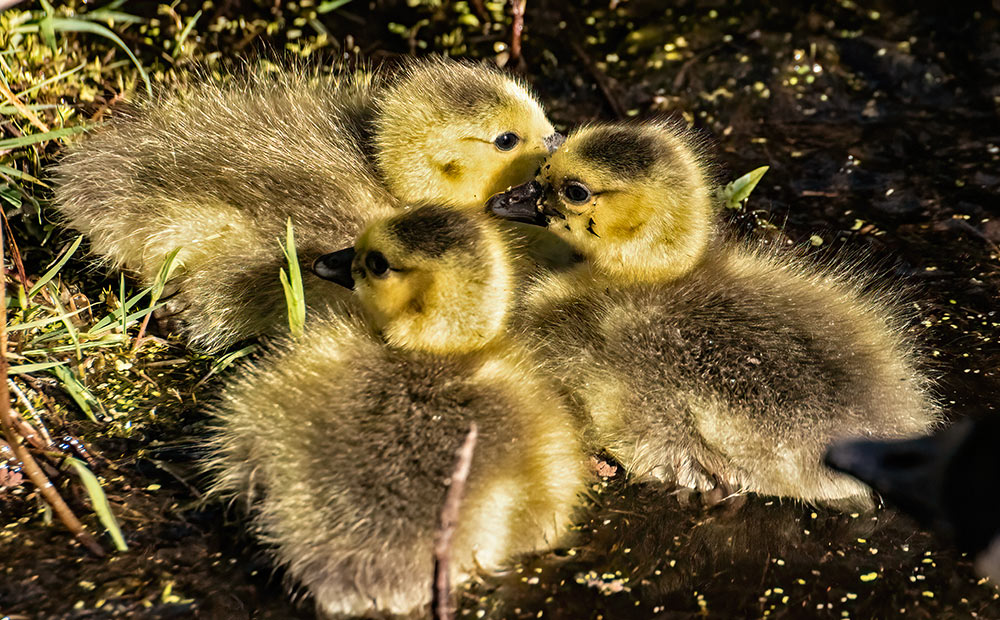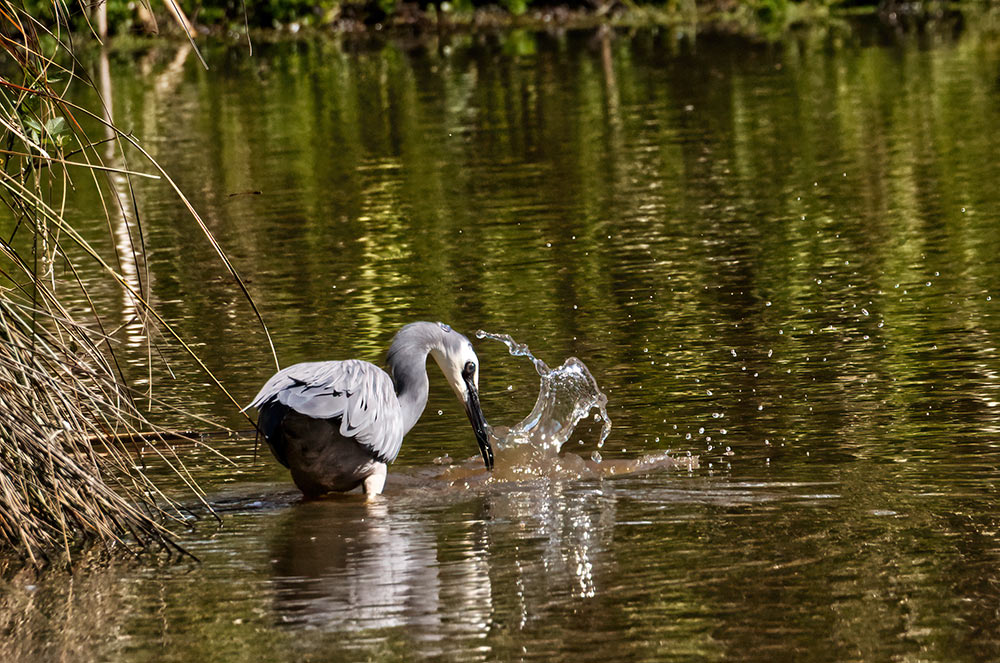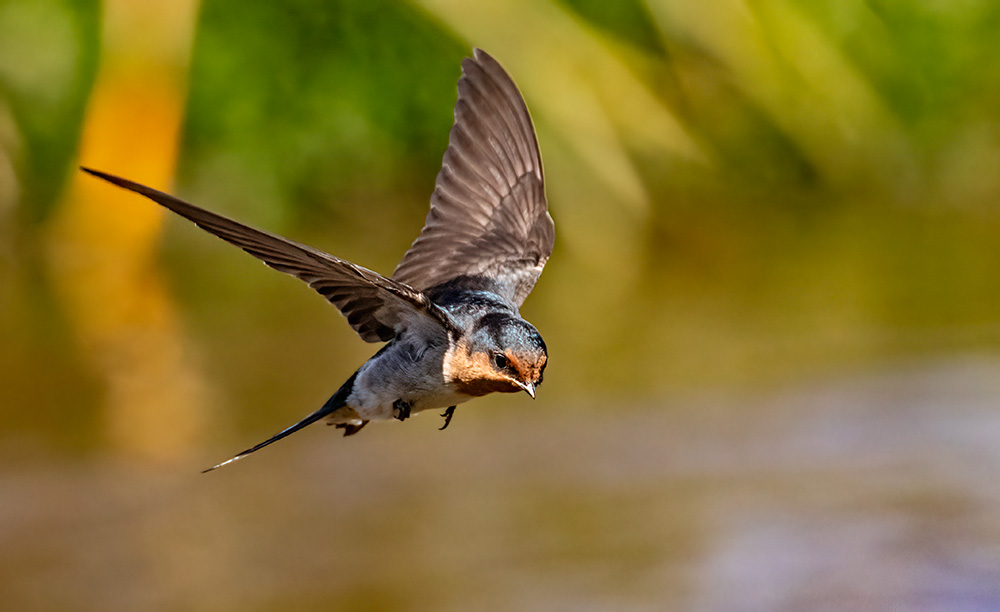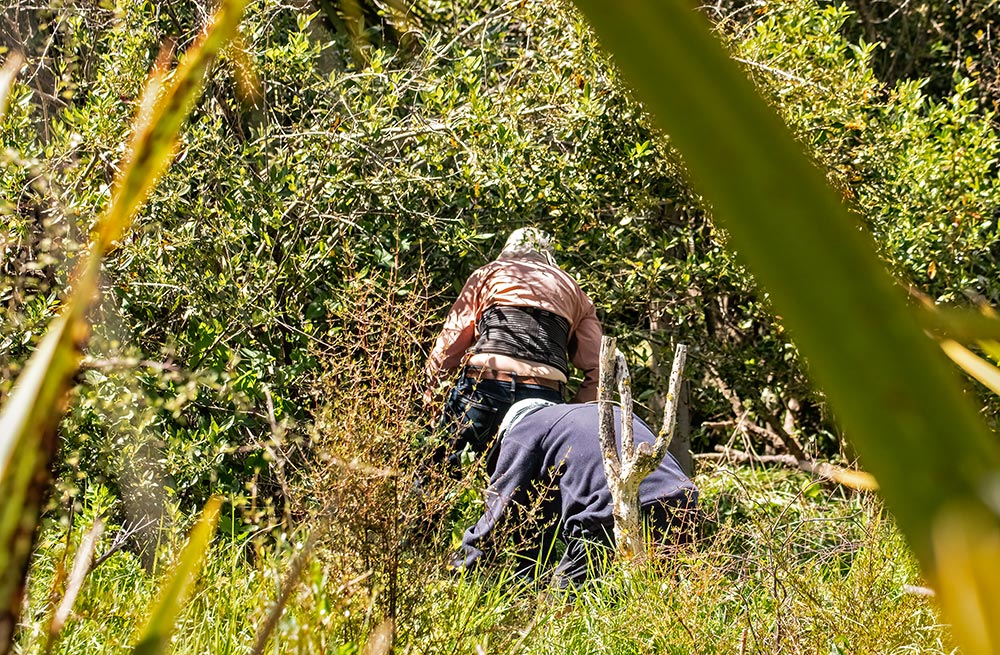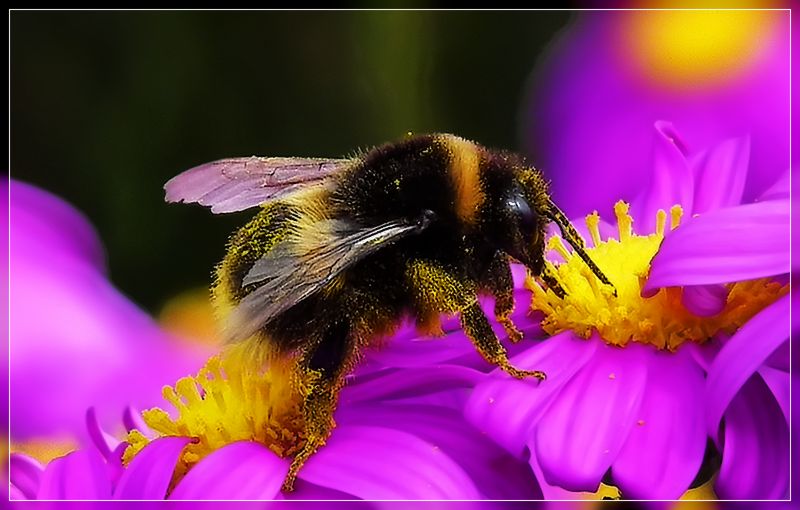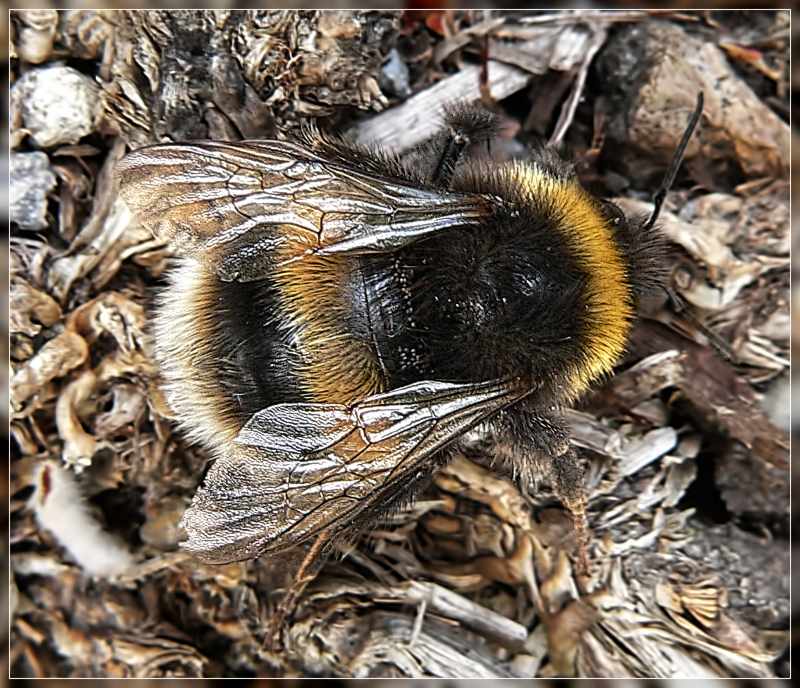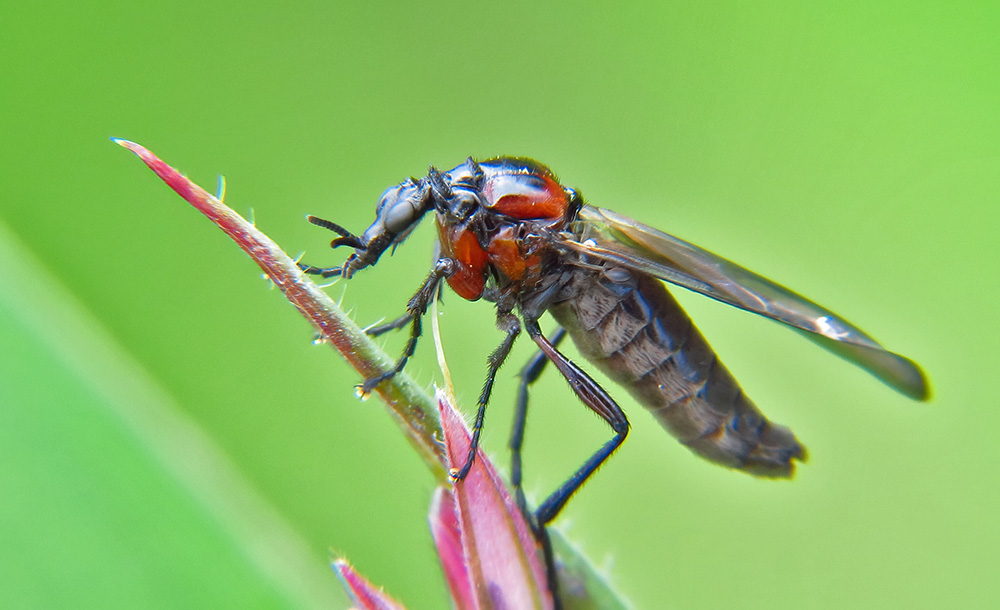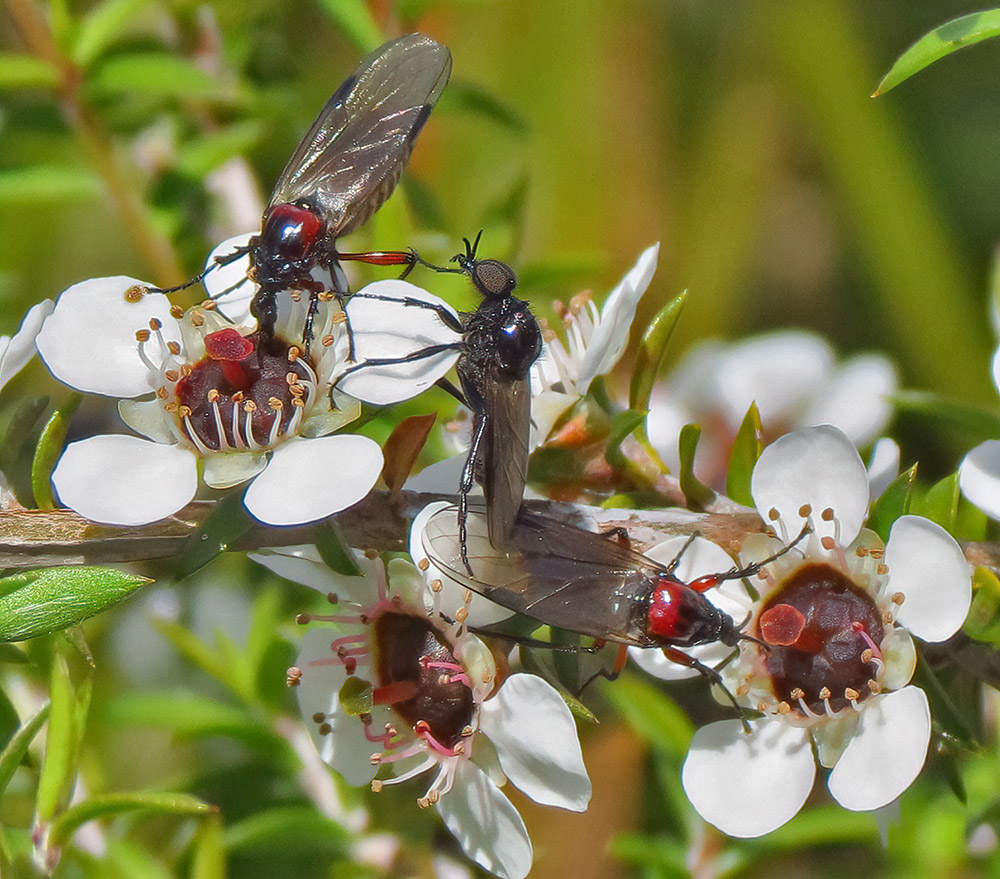All previous newsletters can be found here.
Work Day Reminder, December 16 2023
This month we’ll be releasing plants from the rapid spring growth somewhere around the wetland, maybe even planting a few species.
If you arrive late there will be a notice on the Education Centre door explaining where we have gone. After we’re finished we’ll have a BBQ at the Education Centre to celebrate the end of the year.
All tools provided. Gumboots are advised but we can lend you some if you don’t have any. Please bring your own gloves if you can, but we have some of them for loan too.
If the weather on the work day is poor and we decide to cancel then an email will be sent by 8am on Saturday morning. So if you think the conditions are marginal, please check your emails.
If you’re reading this on the website and are not on the email list then you can add yourself to it through the form at the foot of the home page. If you change your mind there’s an unsubscribe link in each newsletter.
Latest News
Report on Last Month’s Work Day, 18 November
A fine morning during Show Weekend encouraged 20 keen volunteers to show up for a morning of urgent weed control.
Convolvulus was our target species and we were soon very busy in the trees along the Beach Road entrance pathway. The climbing weed had already engulfed and bent many smaller shrubs and was heading for the sky via taller trees. With our large team we were able to remove a pleasing amount of Convolvulus before it could flower.
Our efforts revealed a rich carpet of regenerating tree seedlings in some areas, so we will need to stay vigilant with weed control in this area during summer.
Mike received several bumblebee stings, presumably from disturbing vegetation close to a nest. Other aches and pains from the morning were soothed by liquid refreshment and fine food, including Dave’s yummy sandwiches.
Ranger John Skilton was just back from a holiday and introduced us to new ranger Johanna (Jo) Church.
Thanks everyone.
Article: Sue Britain
Bumblebees in NZ
New Zealand has 4 species of bumblebee, all of the genus Bombus. These were introduced from the UK in the 1870s to pollinate red clover and have since become important for many other crops and garden plants.
Bumblebees are great navigators and have a foraging range of up to 1.5 km. They are cold tolerant, can carry a heavy load of pollen and pollinate flowers that honeybees cannot.
Only females, that is queens or workers, can sting but fortunately they are usually docile. They may sting if disturbed or roughly handled and in response to breathing on their nest. It seems likely that a nest was disturbed near the Beach Road entrance during our recent workday.
There are also known nests in some of the old farm buildings at Travis this year. Nests are only active for a few months as most bees die off in the autumn when newly fertilised queens hibernate in loose soil. This means that taking extra care during summer should allow the bumblebees to get on with their important work.
Information from NZ Bumblebee Conservation Trust.
Article: Sue Britain and images: Grahame
The Blossom Fly: An Introduction to Dilophus nigrostigma
The Blossom fly, scientifically known as Dilophus nigrostigma, is a fascinating species of insect endemic to New Zealand. This fly is the largest and most common species of Dilophus in New Zealand, roughly 7-8 mm in length. They are easily distinguished from other Dilophus species by the presence of three large spines on the fore tibia. The species is sexually dimorphic, with the males coloured black and the females light brown to reddish in colour.
Dilophus nigrostigma is restricted to New Zealand, occurring on the two main islands, Stewart Island and the Chatham Islands. They are most commonly seen from November to February.
At Travis the best place to find them is on the mānuka flowers over the western side of the wetland.
This fly is known for its unique pollination habits. Dilophus nigrostigma frequently visits a variety of plants, presumably to feed on nectar. It has been noted that this fly species has a reasonably high, but variable, pollen deposition, making it a significant contributor to the pollination of a many species of plants.
Dilophus nigrostigma is know for it’s unique mating ritual, where the male flies in a high speed figure of eight above the female. This behavior not only serves as a courtship ritual but also as a way for males to show off their fitness and attract females.
In conclusion, the Blossom fly, Dilophus nigrostigma, is an intriguing species with unique characteristics and behaviours. Its distinctive black stripe, unique mating ritual, and significant contribution to pollination make it a fascinating subject of study for entomologists and nature enthusiasts alike.
Article: Curated by Grahame, images: Grahame
Images from Grahame
